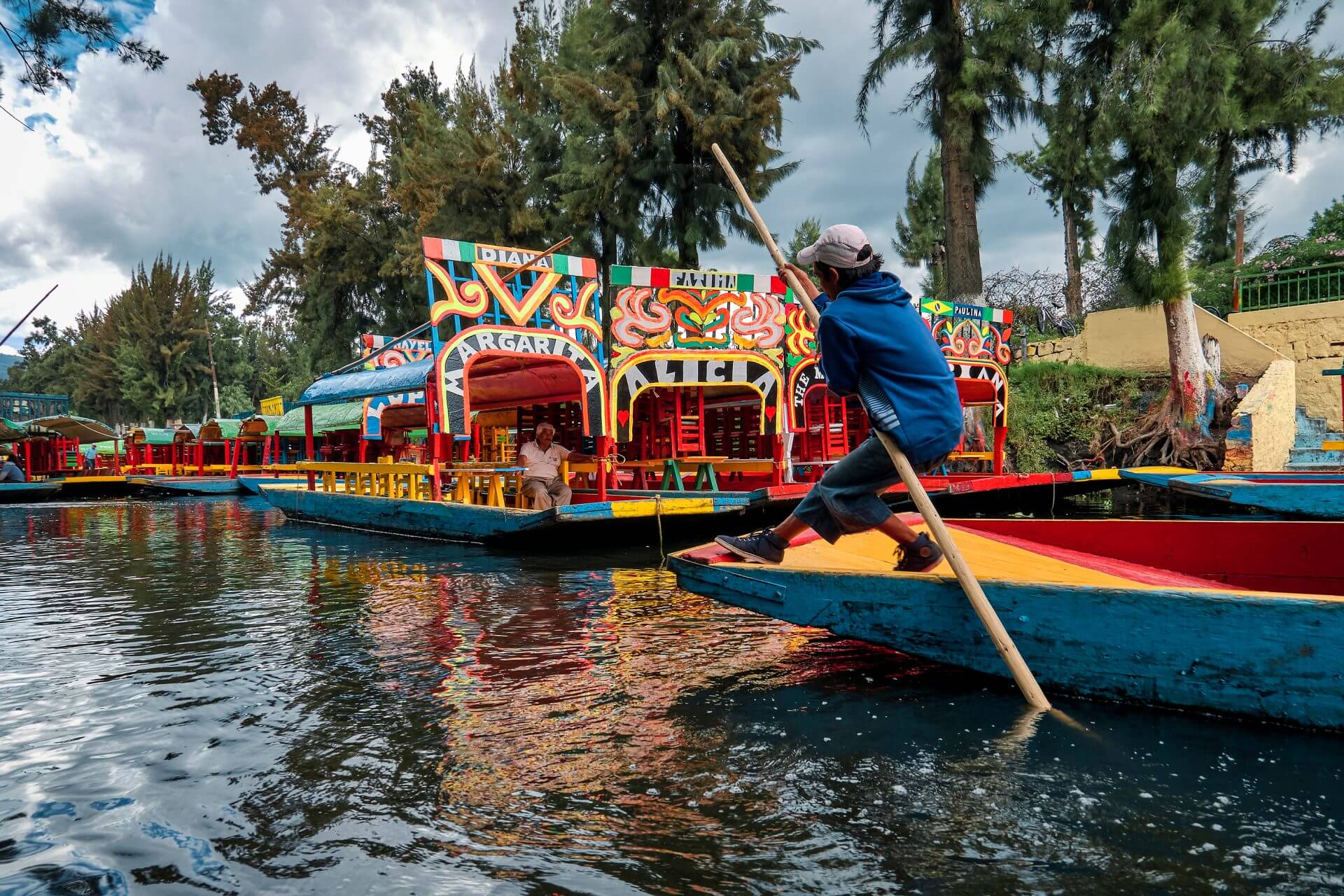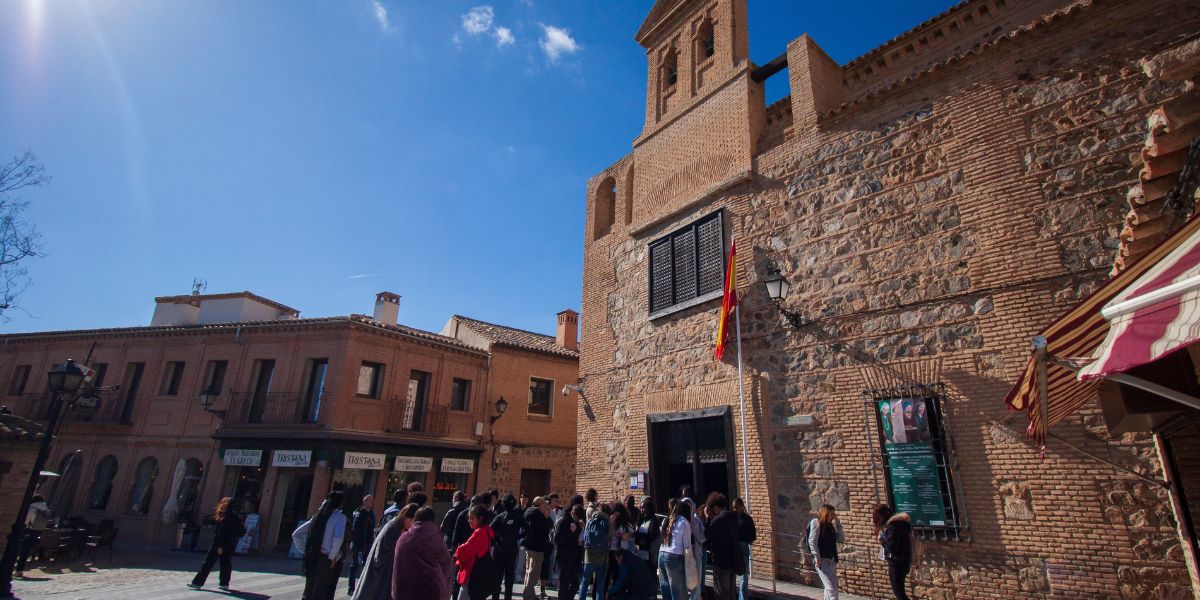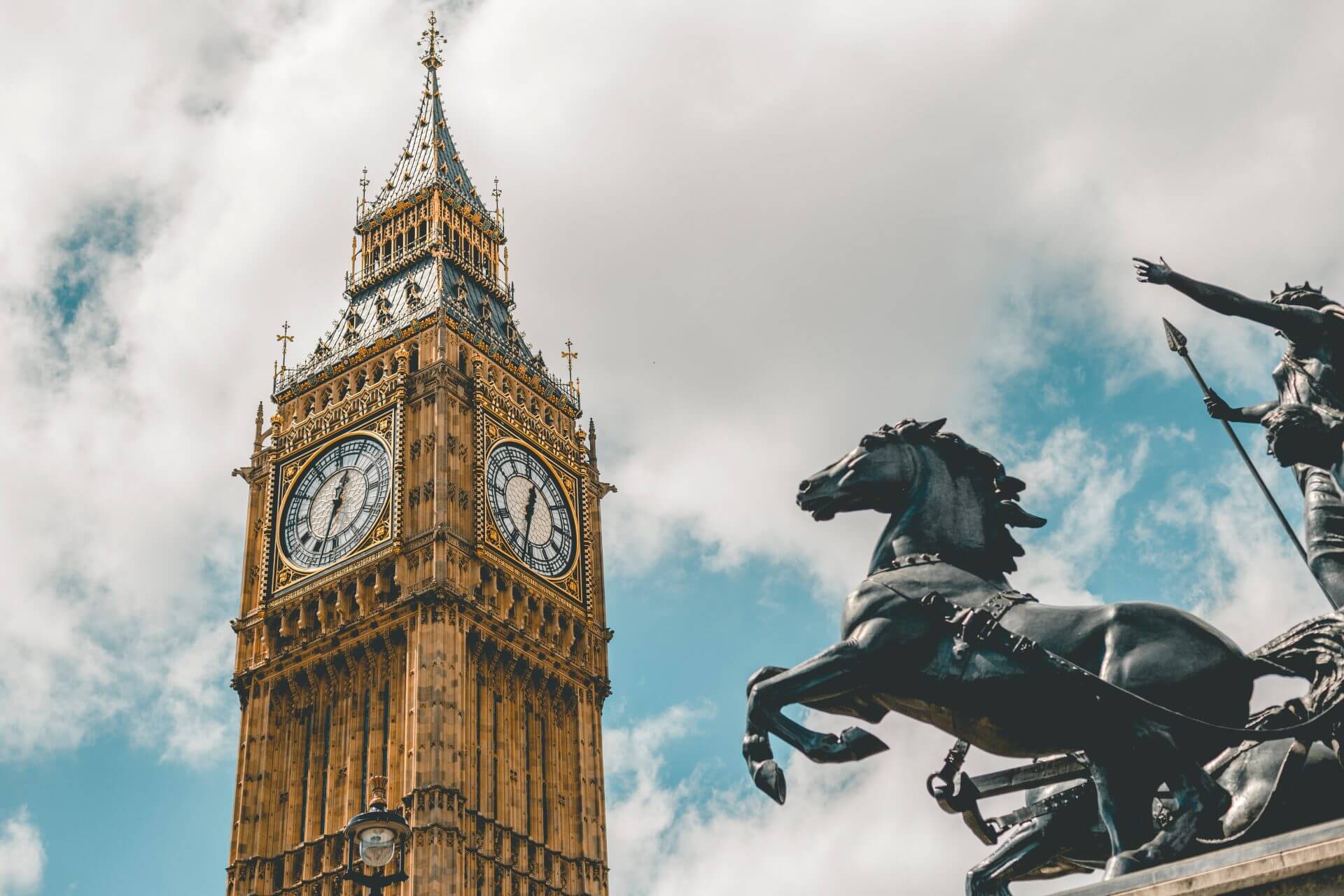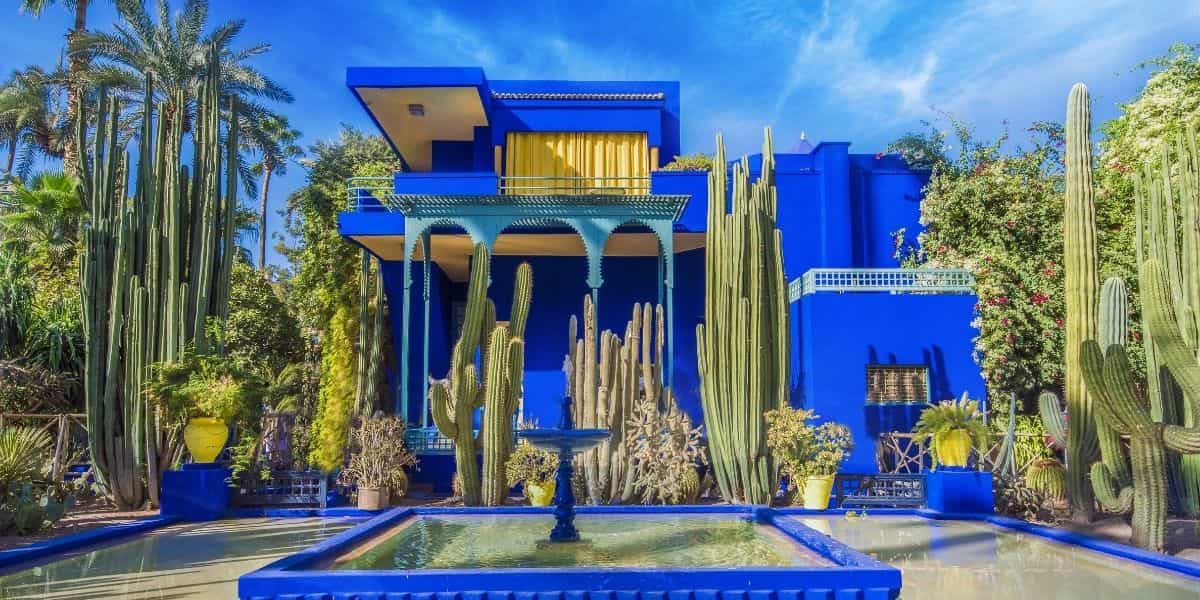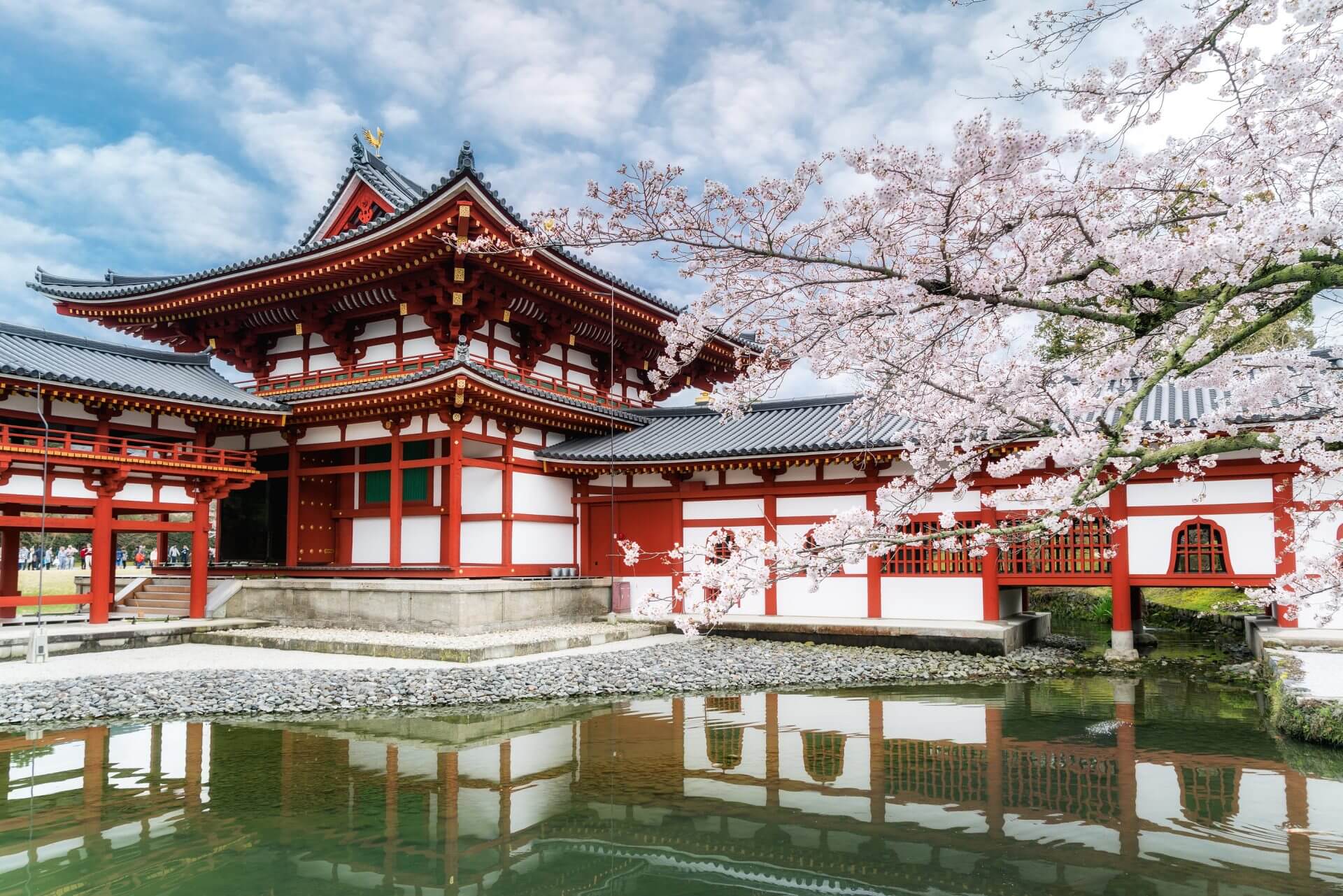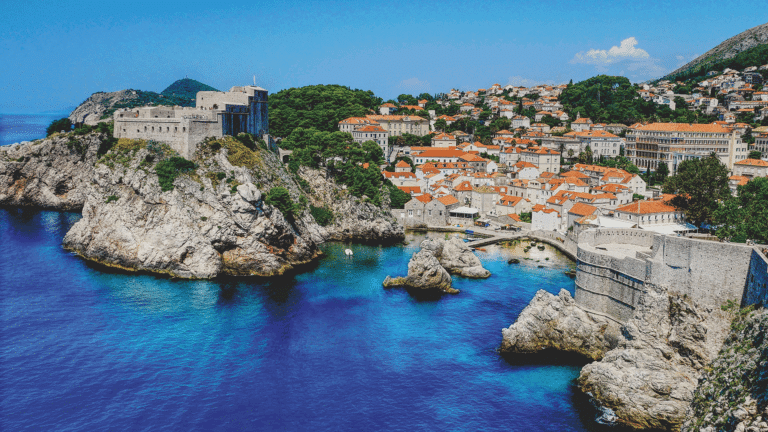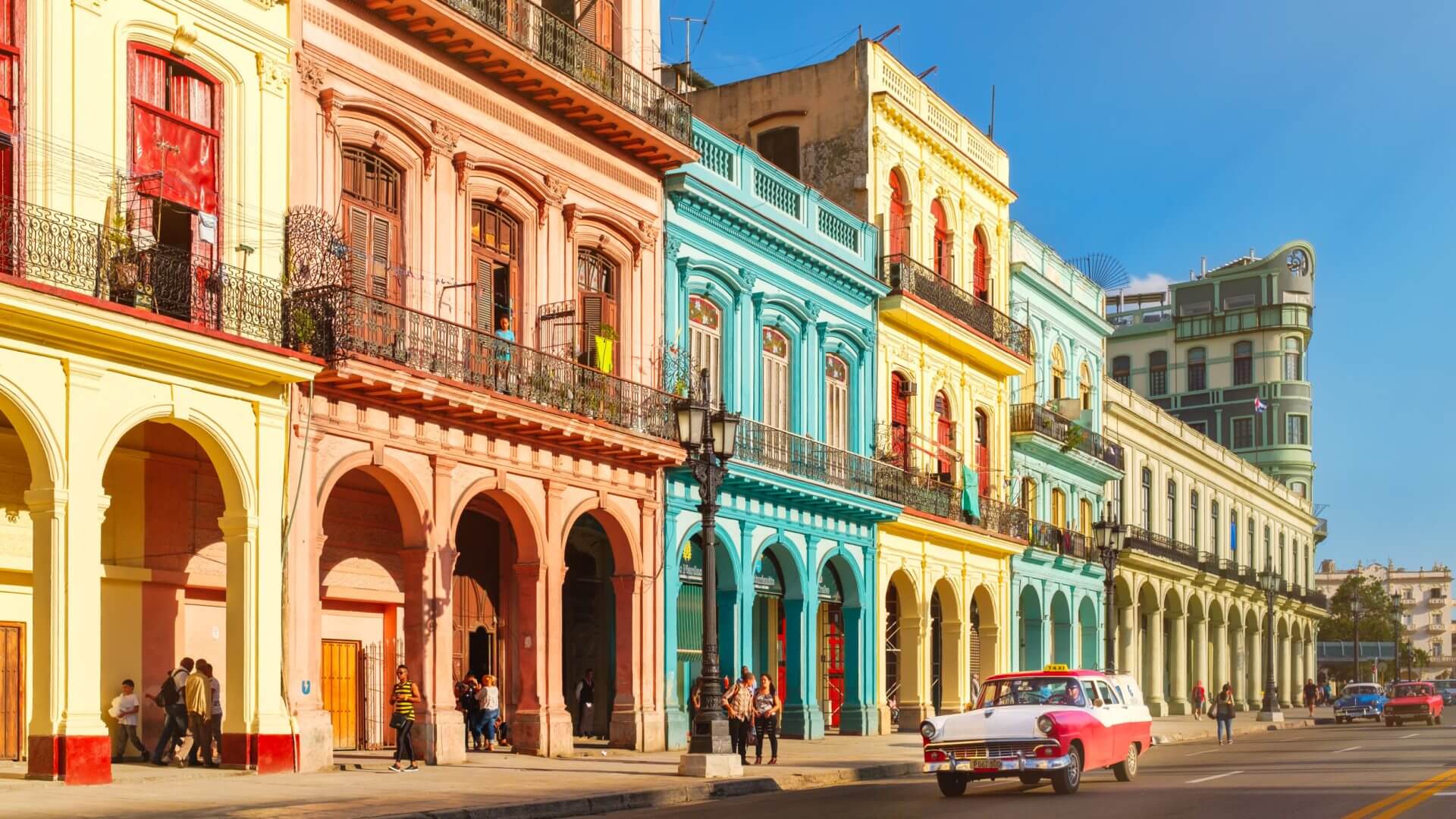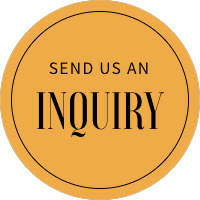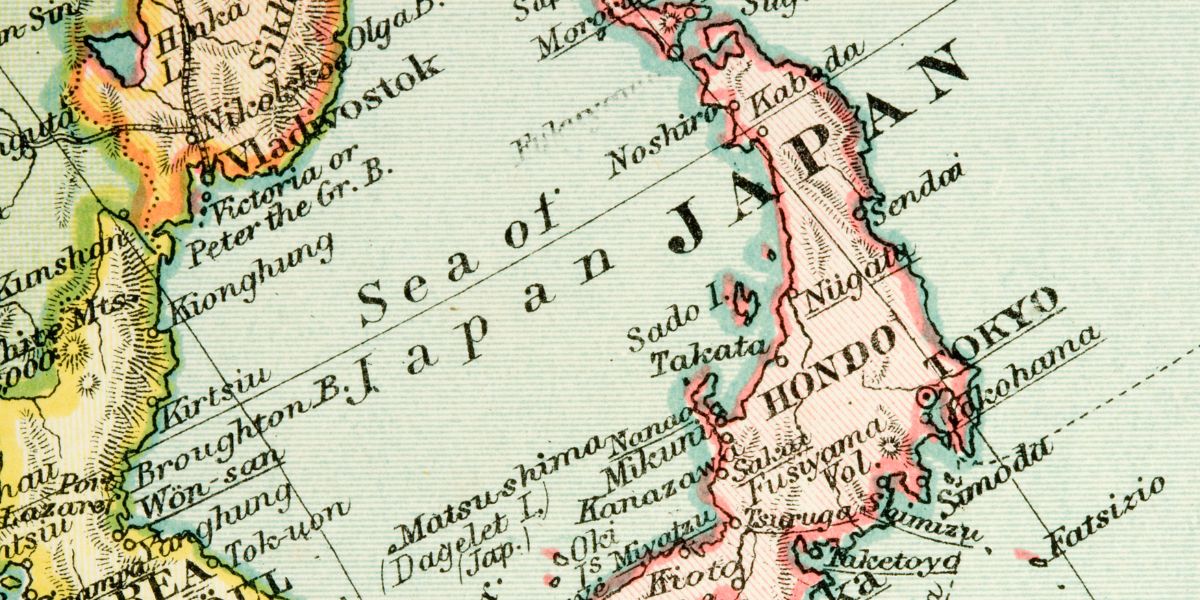The following article is the second in a series about the Old City of Jerusalem, Israel.
A street in the Jewish Quarter
The Jewish Quarter is the second from smallest quarter, located in the southern part of the Old City, Jerusalem.Â
It’s cartographic boundaries include the Western Wall (HaKotel in Hebrew), Zion Gate, located on Mount Zion, and the Dung Gate, just outside of the Western Wall Plaza. The Jewish Quarter is the cleanest and safest area with the stone walls built by the Ottomans.
The Western Wall Plaza and Temple Mount
Start your day off early and head to the Temple Mount (Haram al-Sharif or Al Quds in Arabic, Har HaBayit in Hebrew). While it is under control of the Muslim Waqf, the only entrance through which non-Muslims are allowed to enter is just inside the Dung Gate (on the right side of the entrance to HaKotel plaza). The hours vary, but you generally can enter in the morning on every day of the week, aside from Friday (only Muslims are allowed on Fridays). Hours are also subject to change based upon the security situation. The Temple Mount is flourishing with beautiful trees and has great examples of Islamic architecture. If you are Jewish, you may want to take into consideration that Jewish law prohibits Jews from walking on the majority of the Har HaBayit, so consult your rabbi before visiting. The east side of the main plaza area has, unfortunately, a large mound of litter, near the Golden Gate… but offers great views of the Mount of Olives.
If you’re hungry and could use a bite to eat, grab breakfast at Bonker’s Bagels and watch the assortment of folks as you enjoy your bagel. Afterward, just take (literally) a couple steps over to visit the Burnt House. It is the residence of a Jewish family from the time of the Second Temple Period (approximately 70 c.e.) that was discovered during excavations. If you’re intrigued by archaeology and find this taster doesn’t satiate your desire to learn and see more, go check out the Jerusalem Archaeological Park, located outside of the Southern wall of the Temple Mount. There are plenty of excavations that you can climb through, including mikvaot (ritual baths) that were used to purify the worshippers before ascending to the Temple. For more information, visit their website at http://www.archpark.org.il/.
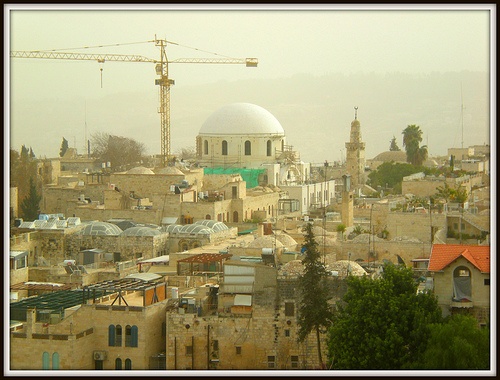
A view of the top of the Jewish Quarter and the rebuilt Hurva Synagogue
Trek back up the stairs to hit the Moriah Bookstore and Giftshop for beautiful Judaica and good-quality souvenirs. For lunch, you can head over to the main plaza’s mini-market, where they also sell delicious Israeli shwarma in a pita (try it with ‘schug’ if you like it spicy). Eat in the square on one of the benches facing the Hurva Synagogue, which is currently being rebuilt.
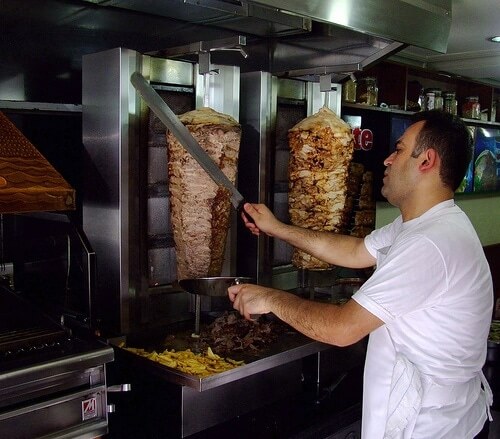
Shwarma
If you’re about ready to shell out the big bucks, then you’ll want to head over to the Cardo. There you’ll find some of the most beautiful jewellry, artwork, silvercraft, and other handicrafts. These shops only sell high-quality items, so expect to pay a few shekels more than you might for a cheap replica in the shuk.
The Women’s Section of the Western Wall
The place I prefer to visit last, usually at night, is the Western Wall. It is the only remaining, accessible, part of the original Temple Mount, surviving many wars, fires, and regimes. You’ll enter through one of four security points, each have their own x-ray scanner and metal detector, and at least two security guards. People of any faith may enter the Western Wall Plaza, including the area for prayer. No matter what you believe, it is a tranquil place to sit, think, and linger in the feeling of great spirituality. Write a note and slip it between the crevices of the Wall, don’t worry, only you and God will know what it says. Before entering, it is important to remember that you should be dressed modestly (for women, this means covered knees, shoulders, and cleavage), photography/smoking/cellphone usage is forbidden on the Jewish Sabbath and Holy Days, and generally have respect for the worshipers. If you are Jewish, you may want to consider hanging around for Shabbath. Meet Jeff Seidel (http://www.jeffseidel.com/) outside of the men’s prayer area at the Kotel after sunset on Friday to be setup for dinner with a local family.
Please note before planning a day in the Jewish Quarter that every business and the ATM within it are closed from Friday at sunset until Saturday at sundown. English is as commonly spoken in the Jewish Quarter as Hebrew, plus many people speak Arabic, Spanish, and French. Enjoy your time!
Images courtesy of Ariela Ross and Mark B
Check out the other quarters of the Old City:
